
Amazing New Homo Naledi Discoveries – Humans Were Likely Not Alone in South Africa!
An exciting new historic chapter of the Homo naledi saga has been unveiled at Maropeng in South Africa today. Scientists from around the world – who were behind the landmark discovery of the new species, Homo naledi in 2015 – have announced two major new discoveries from the Rising Star Cave system (which is the […]

An exciting new historic chapter of the Homo naledi saga has been unveiled at Maropeng in South Africa today. Scientists from around the world – who were behind the landmark discovery of the new species, Homo naledi in 2015 – have announced two major new discoveries from the Rising Star Cave system (which is the richest fossil hominin site in Africa).
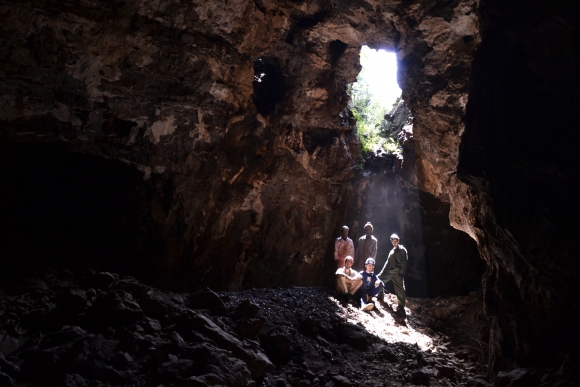
For a start, the age of the original Homo naledi remains from the Dinaledi Chamber has been revealed to be startlingly “young” – alive some time between 335 and 236 thousand years ago.
This means that this population of primitive small-brained hominins was around at a time and place that it is likely they lived alongside Homo sapiens. This is the first time that it has been demonstrated that another species of hominin survived alongside the first humans in Africa.
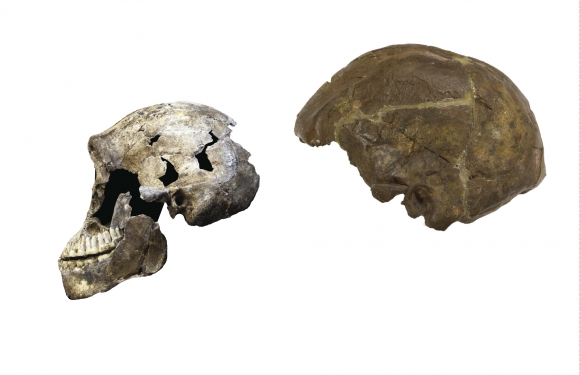
It was also announced that a second chamber in the Rising Star cave system has been discovered! The chamber – named Lasedi (which means ‘light’ in Setswana) – contains over 130 additional specimens of Homo naledi fossils, including a child (about 5-years-old) and a partial skeleton of an adult male – nicknamed Neo (meaning “gift” in Sesotho) – with a “remarkably well-preserved skull”… one of the most complete skeletons of a hominin ever discovered, and another adult.
The new discovery and research was done by a large team of researchers from the University of the Witwatersrand (Wits) (South Africa), James Cook University (Australia), the University of Wisconsin (Madison, United States), and more than 30 additional international institutions.
The team was led by Professor Lee Berger of the Evolutionary Studies Institute at Wits, and a National Geographic Explorer in Residence.
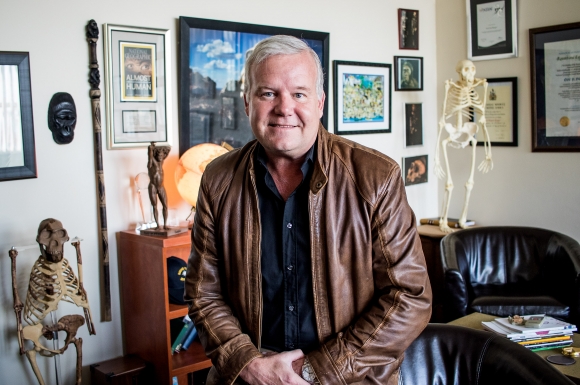
The discovery of this second chamber has led the team to argue that there is more support for the controversial hypothesis that Homo naledi deliberately disposed of its dead in these remote, hard to reach caverns… as “what are the odds of a second, almost identical occurrence happening by chance?”
Homo naledi’s young age has been a huge surprise. At the time of the discovery in 2015, experts had predicted that the fossils would be ten times older, similar to that of other primitive species.
“The dating of naledi was extremely challenging,” noted Dating leader Professor Paul Dirks of James Cook University and Wits. “Eventually, six independent dating methods allowed us to constrain the age of this population of Homo naledi to a period known as the late Middle Pleistocene.” (Dating methods included dating the sediments in the cave, and the teeth of the skeletons.)
According to Maropeng.co.za, “The age for this population of hominins shows that Homo naledi may have survived for as long as two million years alongside other species of hominins in Africa. At such a young age, in a period known as the late Middle Pleistocene, it was previously thought that only Homo sapiens (modern humans) existed in Africa.
“More critically, it is at precisely this time that we see the rise of what has been called “modern human behaviour” in southern Africa – behaviour attributed, until now, to the rise of modern humans and thought to represent the origins of complex modern human activities such as burial of the dead, self-adornment and complex tools.”
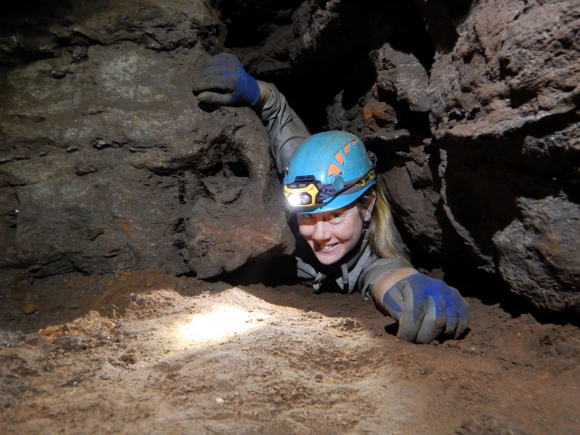
Dr Marina Elliott, Exploration Scientist at Wits and one of the original “underground astronauts” on the 2013 Rising Star Expedition, says she had always felt that the naledi fossils were ‘young’. “I’ve excavated hundreds of the bones of Homo naledi, and from the first one I touched, I realised that there was something different about the preservation, that they appeared hardly fossilised.”
Berger’s team has noted in a paper that the discovery will have a significant impact on our interpretation of archaeological assemblages and understanding which species made them.
“We can no longer assume that we know which species made which tools, or even assume that it was modern humans that were the innovators of some of these critical technological and behavioural breakthroughs in the archaeological record of Africa,” says Berger.
“If there is one other species out there that shared the world with ‘modern humans’ in Africa, it is very likely there are others. We just need to find them.”
John Hawks of the University of Wisconsin-Madison and Wits University, an author on all three papers, says: “I think some scientists assumed they knew how human evolution happened, but these new fossil discoveries, plus what we know from genetics, tell us that the southern half of Africa was home to a diversity that we’ve never seen anywhere else”.
“Recently, the fossil hominin record has been full of surprises, and the age of Homo naledi is not going to be the last surprise that comes out of these caves I suspect,” adds Berger.
Hawks points out that while the Lesedi Chamber is “easier” to get into than the Dinaledi Chamber, the term is relative!

“I have never been inside either of the chambers, and never will be. In fact, I watched Lee Berger being stuck for almost an hour, trying to get out of the narrow underground squeeze of the Lesedi Chamber.” Berger eventually had to be extracted using ropes tied to his wrists.
Neo’s skull was painstakingly reconstructed over hundreds of hours by Peter Schmid of Wits and the University of Zurich, and allows us to “finally get a look at the face of Homo naledi.”
Berger says: “The skeleton of Neo is one the most complete ever discovered, and technically even more complete than the famous Lucy fossil…”
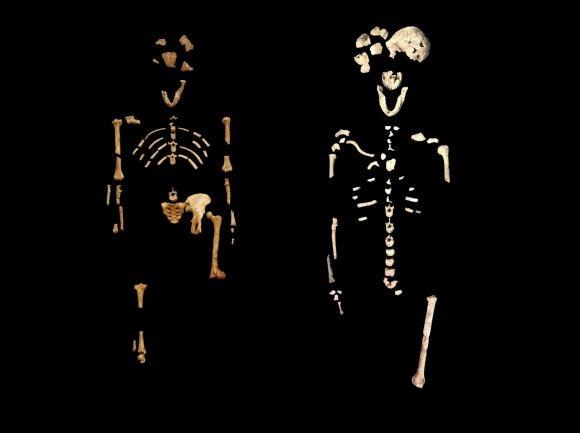
Berger believes that with thousands of fossils likely remaining in both the Lesedi and Dinaledi Chambers, there are decades of research potential.
52 scientists from 35 departments and Institutions were involved in the research.
Wits Vice-Chancellor and Principal, Professor Adam Habib said: “The search for human origins on the continent of Africa began at Wits and it is wonderful to see this legacy continue with such important discoveries.”
“Almost Human” Exhibition
The original fossils of these new discoveries, as well as those from the original Rising Star Expedition will be on public display at the Maropeng, the Official Visitors Centre for the Cradle of Humankind World Heritage Site, from 25 May 2017 onwards… in an exhibit called “Almost Human”. It will be the largest display of original fossil hominin material in history.
Maropeng is readying itself for thousands of visitors. In 2015, when Homo naledi was first put on display, Maropeng received around 3,500 visitors per day!
“It was an extraordinary thing to experience,” says Michael Worsnip, MD of Maropeng. “It was something like a pilgrimage – a wonderful celebration of our heritage as a country, a continent and a planet.”
Watch Video: New Discoveries about Homo Naledi
Sources and More Information:
#homonaledi dated to 236,000 to 335,000 years ago with the help of the @WitsUniversity #OSL lab to date the sediments hosting the fossils pic.twitter.com/zcBqHLmjT8
— Wits Geosciences (@WitsGeoscience) May 9, 2017